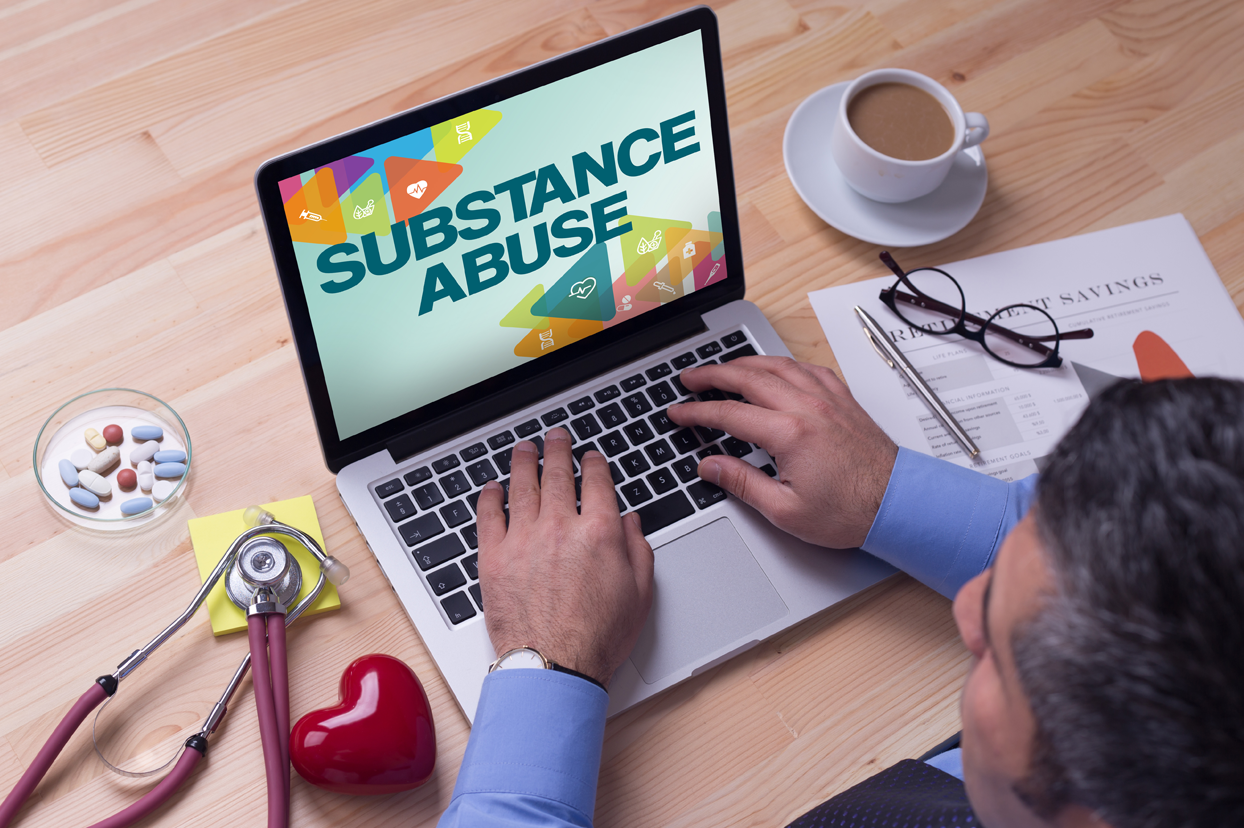February 2, 2024
Opioids and workers' compensation: Why employers should care
Opioid-involved drug overdoses topped 100,000 in 2022, according to the Centers for Disease Control and Prevention (CDC).
And another 10 million people misused prescription opioids in 2019, reports the U.S. Department of Health and Human Services .
Opioid painkiller misuse has become widespread, affecting every facet of life – and that includes the workplace. It not only threatens the general well-being of employees, but it can also create on-the-job safety risks and inhibit recovery and return-to-work.
Opioids do have their place when properly prescribed and used, but their misuse can have devastating effects on your employees.
Here are some basics for employers on opioids and opioid misuse:
What are opioids?
Opioids are narcotic painkillers that work by preventing pain signals from reaching the brain. They are synthetic drugs that resemble the effects of natural opium, derived from the opium poppy. OxyContin and Percocet are a couple of the popular brand-name opioids, but there are many more. Taking them may produce a euphoric effect, or “high.”
Why are they prescribed?
Opioids are generally recommended for short-term pain relief due to injury, surgery, disease or cancer treatment, or as a palliative measure for the terminally ill, but doctors also prescribe them to address chronic pain.
However, due to increasing opioid prescriptions for chronic pain, and a related increase in overdose deaths, the CDC issued guidelines for prescribing opioids. The guidelines are intended for primary care clinicians and other clinicians providing pain care for outpatients 18 years or older with:
- Acute pain (duration less than 1 month)
- Subacute pain (duration of 1-3 months)
- Chronic pain (duration of more than 3 months)
Are they necessary and effective?
Studies show that long-term use of high doses of opioids usually isn’t the best treatment for chronic pain, unless the patient is terminal.
In fact, nonopioid therapies are at least as effective as opioids for many common types of acute pain, according to the CDC.
“Clinicians should maximize use of nonpharmacologic and nonopioid pharmacologic therapies as appropriate for the specific condition and patient and only consider opioid therapy for acute pain if benefits are anticipated to outweigh risks to the patient,” reads a portion of the guidance from the organization.
Using the drugs long term can actually increase a patient’s sensitivity to pain, requiring higher doses for the same level of pain relief. This escalating dosage pattern can contribute to opioid addiction. Also, opioids are not among the most effective – or longest lasting – options available for relief from acute dental pain, an examination of the results from more than 460 published studies has found.
In addition to the risk of tolerance and addiction, other side effects of taking opioids can include: constipation, nausea, vomiting, dry mouth, sleepiness, dizziness, confusion, depression, lower testosterone (resulting in lower sex drive, energy and strength), itching and sweating.
What about other treatment options?
A 20-year analysis of health care treatment released in early 2024 revealed a significant rise in use of complementary health approaches, such as yoga and meditation, especially for pain management.
The analysis , conducted by the National Institutes of Health’s National Center for Complementary and Integrative Health and published in the Journal of the American Medical Association, found that the percentage of individuals who reported using at least one of seven alternative approaches to care increased from 19.2 percent in 2002 to 36.7 percent in 2022.
For pain management, the use of alternative therapies increased from 42.3 percent in 2002 to 49.2 percent in 2022.
Researchers utilized data from the 2002, 2012 and 2022 National Health Interview Survey to evaluate changes in the use of seven complementary health approaches, including yoga, meditation, massage therapy, chiropractic care, acupuncture, naturopathy and guided imagery/progressive muscle relaxation.
How likely is it that one of my employees will suffer from opioid addiction?
In 2022, there were 39.5 prescriptions written for every 100 people in the U.S., although some counties had rates above 51 per 100 people, according to CDC prescribing rate maps . That 39.5 figure is down from 46.8 in 2019.
Opioid abuse has become so pervasive that any employer should be conscious of the possibility that an employee could be affected. The U.S. Health and Human Services Department declared the opioid crisis a public health emergency in 2017.
About 3 million people in the U.S. have had or currently suffer from what the National Library of Medicine calls opioid use disorder (OUD) as of July 2023. The group says the increase in OUD can partially be attributed to the overprescribing of opioid medications.
As an employer, how does this issue affect me?
The most important aspect of the opioid addiction epidemic is its potential to significantly impact the well-being of your employees, whether they themselves are misusing the drugs, or they’re dealing with the stress of a loved one’s addiction. Any drug addiction can have numerous negative effects like harming family relationships, threatening financial stability and even causing death.
Employee opioid use can also affect workplace safety. Employees taking opioids (even if not addicted) could pose a safety risk to themselves and other employees, depending on the kind of work they do.
- The behavior of someone on opioids can be similar to that of someone who has been drinking
- Jobs that involve working from heights, being on construction sites and driving are among those that cannot be safely performed while on opioids
An employer might choose to have a policy preventing employees from performing these kinds of tasks while taking drugs, like opioids, that can diminish alertness.
State laws differ on employee drug testing, and additional legal issues such as compliance with the Americans with Disabilities Act can come into play, so it’s wise to consult legal counsel before instituting a formal policy.
What’s being done to combat the trend of opioid abuse?
Medical providers, pharmacists, insurers and government agencies are all taking steps to combat the epidemic.
Doctors are assessing patients’ risk factors for misuse of opioids more carefully before prescribing them. More doctors and pharmacists are also participating in prescription monitoring programs, which are statewide databases listing all prescriptions of controlled substances and when those prescriptions are filled.
These systems allow doctors, dentists, pharmacists and law enforcement to see whether a patient is getting multiple prescriptions from different doctors, or filling the same prescription in multiple places.
Some physicians also use narcotics contracts to better control patients’ use of opioids. These contracts typically prohibit a patient from getting pain medication prescriptions from other doctors. Many physicians will obtain random drug testing to ensure that patients are taking their medications as prescribed.
Insurers are often requesting peer-to-peer reviews when they question whether an injured employee is being prescribed the most appropriate medications. In these cases, a pharmacist and pain management specialist will look at the case and talk with the treating physician about their course of action. SFM has expert staff who review opioid prescriptions and works with treating physicians and claimants to help wean them off the drugs.
Lastly, the CDC has issued federal guidelines for prescribing opioids for chronic pain. The states of Minnesota, Wisconsin, and many others, have issued state treatment guidelines.
Additional resources
This blog was originally published in December 2022 and updated in February 2024 with new information and additional research.
This is not intended to serve as legal advice for individual fact-specific legal cases or as a legal basis for your employment practices.





